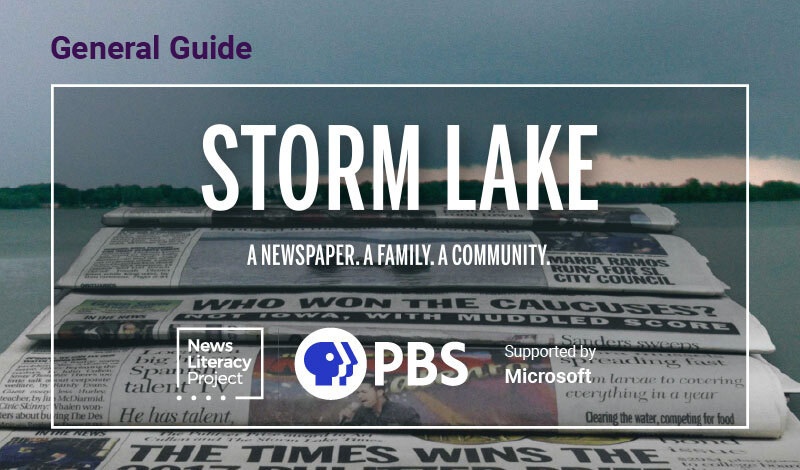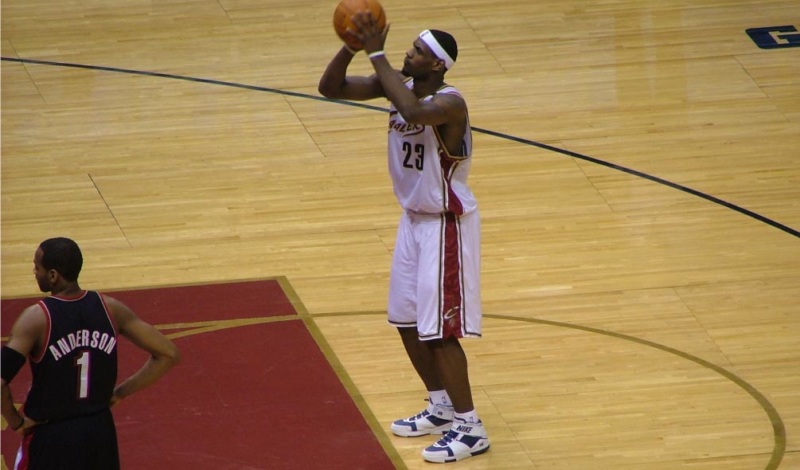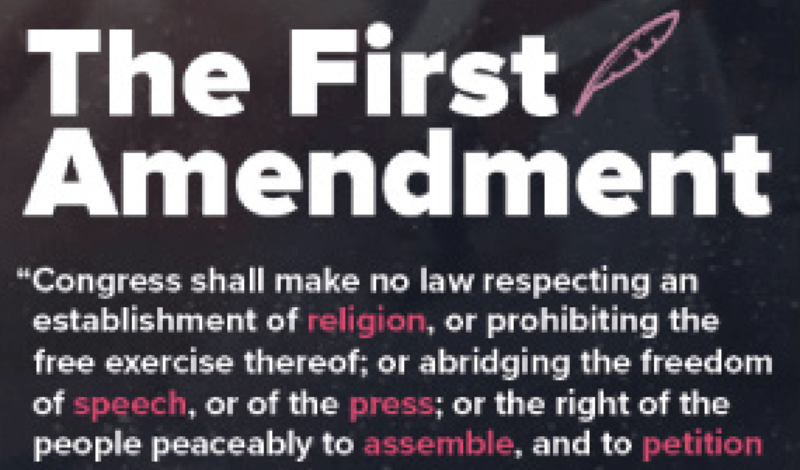
Daily Do Now slides
This collection of “do now” resources is an ideal way to maximize news literacy learning in the opening minutes
Looking for classroom resources? NLP’s resource library includes lesson plans, classroom activities, posters and infographics, quizzes, training materials and videos for educators teaching news literacy.
This collection of “do now” resources is an ideal way to maximize news literacy learning in the opening minutes


Infographic with six tips on how to think more clearly about news media bias and a list of different


Artificial intelligence technology is not new, but dramatic advances in generative AI have captured the world’s attention and are


In this video, we talk to news editor Flora Peir of The 19th*, a nonprofit newsroom that reports


When big news breaks, it can be hard to cut through the noise and find accurate information. Misinformation thrives


The News Literacy Project and TIME for Kids teamed up to create “News Matters,” a three-week unit plan intended


This grade band expectations document is designed to support a districtwide approach to teaching news literacy.


This week, we talk to data journalist Nami Sumida about her work reporting stories and creating interactive graphics on


This week, we talk to Kent Porter about his work as a photojournalist at the Santa Rosa Press Democrat


In this lesson, students review examples of misinformation, identify a rumor pattern and create a list of red flags


This week, we talk to Karena Phan, a reporter for the news verification team at The Associated Press. Phan


This week, we talk to Los Angeles Times reporter Libor Jany about his role covering the Los Angeles Police


This week, we talk to Candace Buckner of The Washington Post about her role as a sports columnist. Buckner


This week, we talk to data reporter Emilie Munson of the Times Union, a local news organization based in


Don’t get caught off guard. Recognize misinformation and stop it in its tracks by using RumorGuard’s 5 Factors for


This week, we talk to Washington Post reporter María Luisa Paúl about her recent story on 7-year-old Tariq, whose


People generally feel that their opinions are rational and carefully considered. But in reality, we are all vulnerable to


This discussion guide serves as a companion for adult learners and community members viewing the PBS documentary Storm Lake.


The best way for you to help reduce misinformation online is to avoid sharing it.


This week, we talk to Seana Davis, a journalist with the Reuters Fact Check team, about her work monitoring,


The News Literacy Quiz may be dubbed as one of the easiest quizzes of all time... But how would


Can you make sense of data? — a quiz from the News Literacy Project and SAS, tests your ability


Take this quiz and see if you are a true newshound!


This quiz is designed to help you learn to recognize conspiratorial thinking and understand its consequences.


It can be tough to know what to trust. So, what does “credibility” look like, and how can you


This week, we talk to journalist Candice Norwood about her role as a breaking news reporter at The 19th*.


Our Framework offers standards, questions, objectives, performance tasks and learning activities for educator planning.


Few problems with our information environment are more pressing or prominent than the proliferation of misinformation online.


This week, we talk to Miguel Otárola about how he decides which story ideas to pursue.


Many sources compete for attention online, including partisan blogs and bogus sites posing as legitimate news organizations. It can


This week, we talk to Emily Hoerner of the Chicago Tribune about her recent story on public restroom access.


How do journalists see news? Put on a pair of “news goggles” and check out these conversations with professional


The historic upheaval that dominated previous headlines — including a global pandemic, a national reckoning over racial injustice, a


This upper elementary lesson introduces the concepts of fact-based and opinion-based statements using a group activity.


This poster features five reasons that people fall for conspiracy theories.


From sporting events to breaking news, many stories compete for journalists’ attention.


This poster helps remind students of the five freedoms protected by the First Amendment.


Reasoned arguments based on facts and evidence are an important part of civic discourse.


This upper elementary slideshow activity introduces students to “critical observation skills”.


Misinformation is always problematic, but when it appears alongside family updates on social media, it can be especially frustrating.



